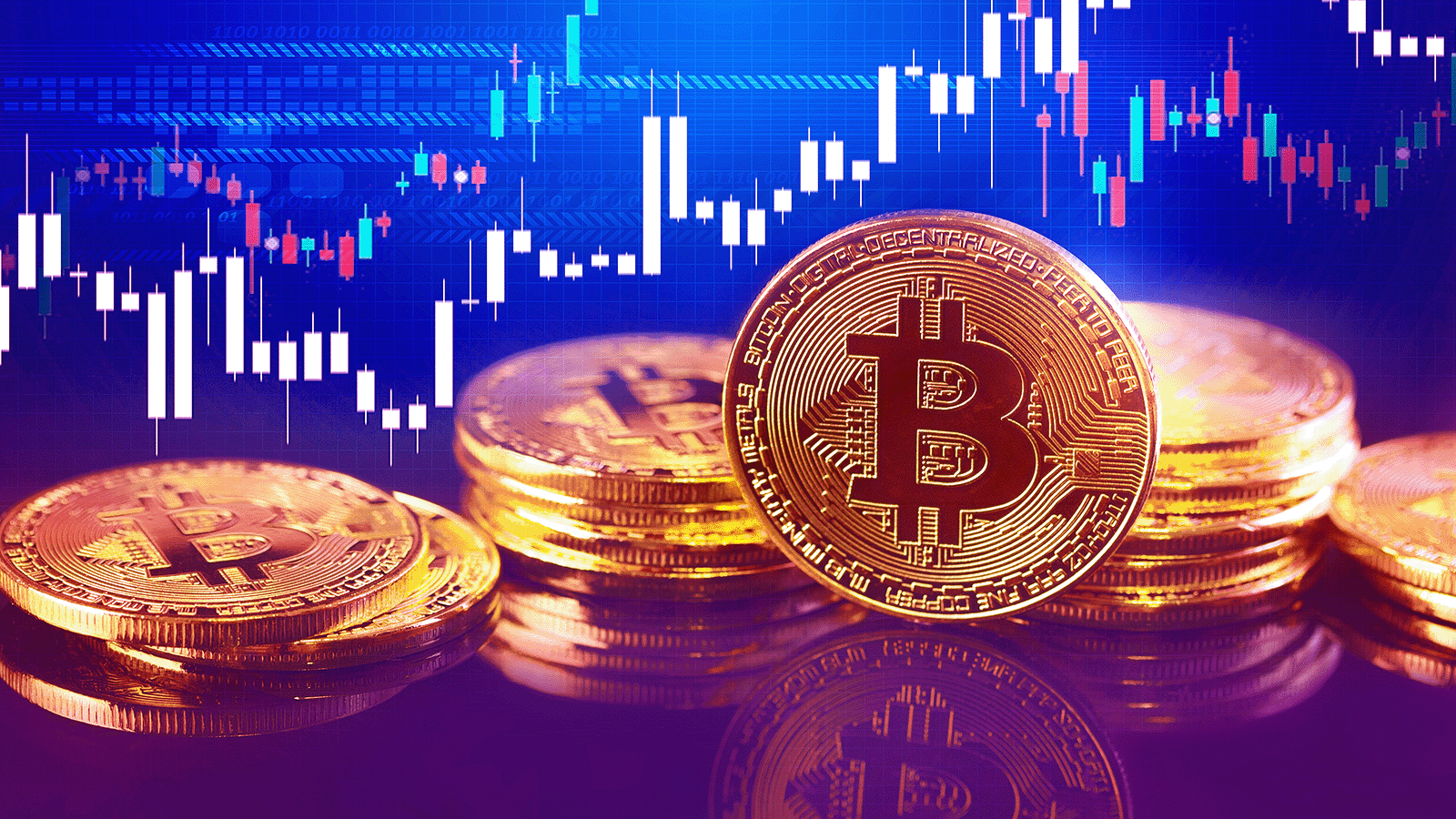top cryptocurrency
Top cryptocurrency
Some critics say this isn’t “real” mining but more of a way to give out tokens and build a crowd. The Pi you earn is often seen as a placeholder that becomes real once it’s moved to the Mainnet casino adrenaline review. There’s a ceiling of 100 billion Pi tokens (65% for community mining, 20% for the Core Team, 10% for a foundation, 5% for trading). They also have a “halving” system to slow down how many new Pi are made, controlling inflation. The amount of Pi you can actually use goes up as more people pass KYC and transfer their Pi to the Mainnet.
Pi Network represents an innovative approach to cryptocurrency mining accessibility, but its journey has been marked by both promise and controversy. As the project continues to evolve, its ultimate success will likely depend on addressing community concerns, maintaining transparency, and delivering on its core promises. For now, the question of whether Pi Network lives up to its hype remains open, with developments in early 2025 potentially proving crucial for its future direction.
The Effective Total Supply of Pi—the total Pi supply at the current time—allocates Pi proportionally the same as the Maximum Supply. Since every allocation tracks the Migrated Mining Rewards of the community, the Effective Total Supply can be calculated by dividing the current Migrated Mining Rewards of Pi on the Mainnet blockchain by 65%. The other allocations within the Effective Total Supply can then be calculated based on the same proportions as the Maximum Supply, e.g. at most 10% of the Effective Total Supply is available in the foundation reserve, 5% of the Effective Total Supply is available for liquidity purposes, and 20% of the Effective Total Supply is available for the Core Team. This remains true despite the fact that all tokens were minted at the genesis as technically required by the blockchain protocol.
Pi Network, a cryptocurrency project you could join with just your phone since its Pi Day (March 14) debut in 2019, turned a new page on February 20, 2025, by finally launching its Open Mainnet. Two Stanford PhDs, Dr. Nicolas Kokkalis and Dr. Chengdiao Fan, are behind this push to get cryptocurrency into the hands of ordinary folks, sidestepping the usual headaches of pricey gear and massive power bills that come with mining.
The live Pi price today is $1.18 USD with a 24-hour trading volume of $738,152,672 USD. We update our PI to USD price in real-time. Pi is up 4.43% in the last 24 hours. The current CoinMarketCap ranking is #18, with a live market cap of $8,406,920,739 USD. It has a circulating supply of 7,116,430,295 PI coins and a max. supply of 100,000,000,000 PI coins.
Cryptocurrency
Investors Warren Buffett and George Soros have respectively characterized it as a “mirage” and a “bubble”; while business executives Jack Ma and JP Morgan Chase CEO Jamie Dimon have called it a “bubble” and a “fraud”, respectively, although Jamie Dimon later said he regretted dubbing bitcoin a fraud. BlackRock CEO Laurence D. Fink called bitcoin an “index of money laundering”.
Almost 74% of ransomware revenue in 2021 — over $400 million worth of cryptocurrency — went to software strains likely affiliated with Russia, where oversight is notoriously limited. However, Russians are also leaders in the benign adoption of cryptocurrencies, as the ruble is unreliable, and President Putin favours the idea of “overcoming the excessive domination of the limited number of reserve currencies.”

Investors Warren Buffett and George Soros have respectively characterized it as a “mirage” and a “bubble”; while business executives Jack Ma and JP Morgan Chase CEO Jamie Dimon have called it a “bubble” and a “fraud”, respectively, although Jamie Dimon later said he regretted dubbing bitcoin a fraud. BlackRock CEO Laurence D. Fink called bitcoin an “index of money laundering”.
Almost 74% of ransomware revenue in 2021 — over $400 million worth of cryptocurrency — went to software strains likely affiliated with Russia, where oversight is notoriously limited. However, Russians are also leaders in the benign adoption of cryptocurrencies, as the ruble is unreliable, and President Putin favours the idea of “overcoming the excessive domination of the limited number of reserve currencies.”
In March 2018, the city of Plattsburgh, New York put an 18-month moratorium on all cryptocurrency mining in an effort to preserve natural resources and the “character and direction” of the city. In 2021, Kazakhstan became the second-biggest crypto-currency mining country, producing 18.1% of the global exahash rate. The country built a compound containing 50,000 computers near Ekibastuz.
Variable renewable energy power stations could invest in bitcoin mining to reduce curtailment, hedge electricity price risk, stabilize the grid, increase the profitability of renewable energy power stations and therefore accelerate transition to sustainable energy.
Hawk tuah girl cryptocurrency
Before Tuesday (March 25), there had not been a post on Instagram from Welch for five weeks, the previous X / Twitter post from her was December 20, and there hasn’t been a new episode of the Talk Tuah Podcast since December 3.
Ms Welch’s post on X claimed that her team attempted to prevent so-called “snipers”, who buy and sell cryptocurrencies quickly at moments when they are likely to make the most money from a gap in buy and sell price – sometimes using automated trading tools – by imposing higher fees on one exchange.
Scott Armstrong was reacting to online comments by Welch, an internet personality, after the crash of the Hawk Tuah memecoin, which lost more than 95 percent of its value in a single day when it was launched on December 4. A memecoin is a type of cryptocurrency that is typically launched on the back of a popular internet meme or recurring joke.

Before Tuesday (March 25), there had not been a post on Instagram from Welch for five weeks, the previous X / Twitter post from her was December 20, and there hasn’t been a new episode of the Talk Tuah Podcast since December 3.
Ms Welch’s post on X claimed that her team attempted to prevent so-called “snipers”, who buy and sell cryptocurrencies quickly at moments when they are likely to make the most money from a gap in buy and sell price – sometimes using automated trading tools – by imposing higher fees on one exchange.
Scott Armstrong was reacting to online comments by Welch, an internet personality, after the crash of the Hawk Tuah memecoin, which lost more than 95 percent of its value in a single day when it was launched on December 4. A memecoin is a type of cryptocurrency that is typically launched on the back of a popular internet meme or recurring joke.

